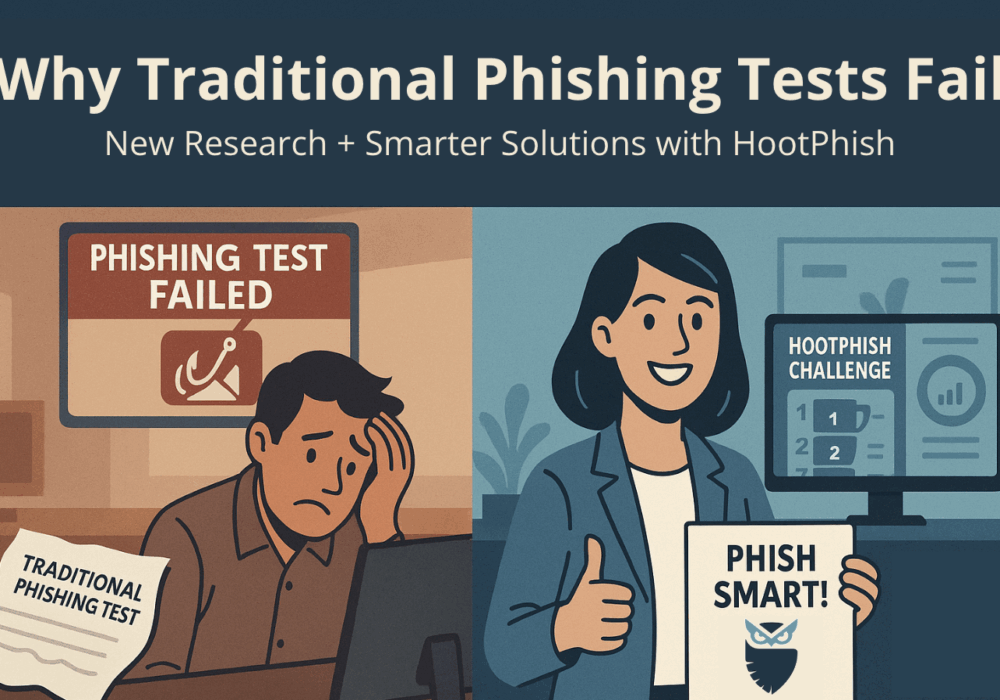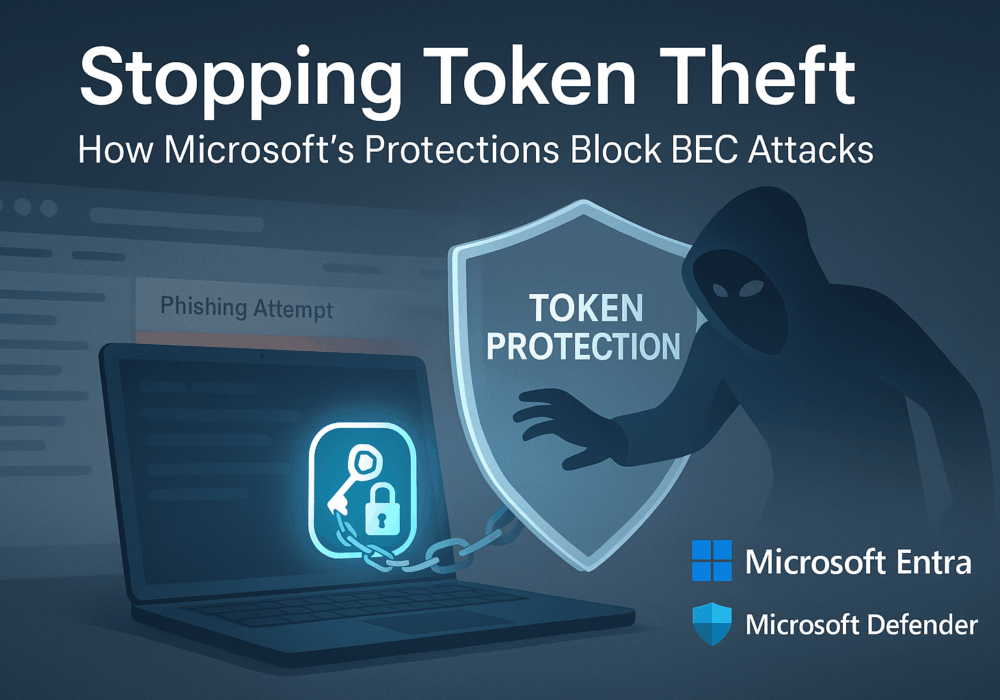A Secure Socket Layer (SSL) is a security protocol developed by Netscape in the 1990’s for sending information securely (encrypted) over the Internet. Once upon a time, websites could only use SSL only even then only used it for secure areas of their websites, such as user login pages or online checkout. Today, SSL has been deprecated (replaced) by a new standard for online encryption of website traffic known as Transport Layer Encryption. This protocol replaced SSL and has itself gone through a number of iterations. The current standard is TLS version 1.3 and all websites should be migrating to it as quickly as possible.
Websites used SSL and now TLS to encrypt all data in motion between the web browser and destination website. This prevents hackers from intercepting and reading the transmissions. You will know you’re protected by SSL or TLS whenever you visit a website and your browser URL Bar displays a Lock symbol.
SSL and TLS accomplish their encryption by use of special digital certificates which tie back to the identity and owner of the company or merchant in question. This allows online shoppers to trust that the website is secure and reliable.
Source: TechTerms – SSL, TechTerms – SSL Certificate
Additional Reading: What to do With SSL Certificate When Merging Domain
Related Terms: Encryption, Hackers, Transport Layer Security (TLS)
SSL and now TLS encryption are the foundation of the Internet. Teaching your employees about the reasons for using encryption is very important to avoiding insecure websites not using encryption today. User education on this and other topics is the easiest and best way to create a culture of cybersecurity at your company and reduce the risks to your business of a catastrophic, brand damaging, cybersecurity breach. If you host a website, make sure you purchase a SSL/TLS Certificate from a trusted Certificate issuer. Ask your website developer if you’re using the most secure version of TLS (version 1.3) to secure your website communications. Finally, know that there are three (3) different types of SSL/TLS Certificates (with different costs). They are DV, OV and EV. They offer varying levels of authentication but the same form of industry-standard encryption. The key to selecting the right SSL/TLS certificate is deciding what level of authentication you need. Smaller websites that do not collect user information may be better off saving money on a DV certificate. Business websites and E-Commerce sites should spring for an OV or EV certificate depending on their size and need for authentication.
Discover and share the latest cybersecurity trends, tips and best practices – alongside new threats to watch out for.

For years, organizations have relied on fake email phishing simulations to measure employee resilience to...
Read more
Welcome to our two-part blog series on Microsoft’s new email security enhancement now included in Office 365 P1...
Read more
"Being an MSP today is like wearing a neon sign that says, ‘Hack me! I’m the gateway to 100...
Read moreGet sharper eyes on human risks, with the positive approach that beats traditional phish testing.
